45 Places In The World To Avoid Swimming In
Swimming will never disappear from top vacation activity lists. Everybody just loves it, especially in the hottest of summer months unless they can’t swim, of course. Sometimes though, one person in the group refuses to get in even for a dip. They might be paranoid about sharks, they might not like sand or mud, or they might just have other paranoid fear about the water. Unfortunately, a few of these fears might not be unfounded. From snakes and alligators to sharks and poison, there are very strange and dangerous places in the world you should never consider a dip. Before picking out your next adventure spot, better do some intense research first and make sure they’re absolutely safe for your swimming fun.
Blue Lagoon
The UK’s Blue Lagoon is absolutely beautiful with waters so blue it looks like it came out of a painting. Unfortunately, it is one beautiful wonder best not swam in because of its drastically high alkaline pH level. And by high, we mean 11.3, which is close enough to that of bleach and ammonia, which is at a 12.
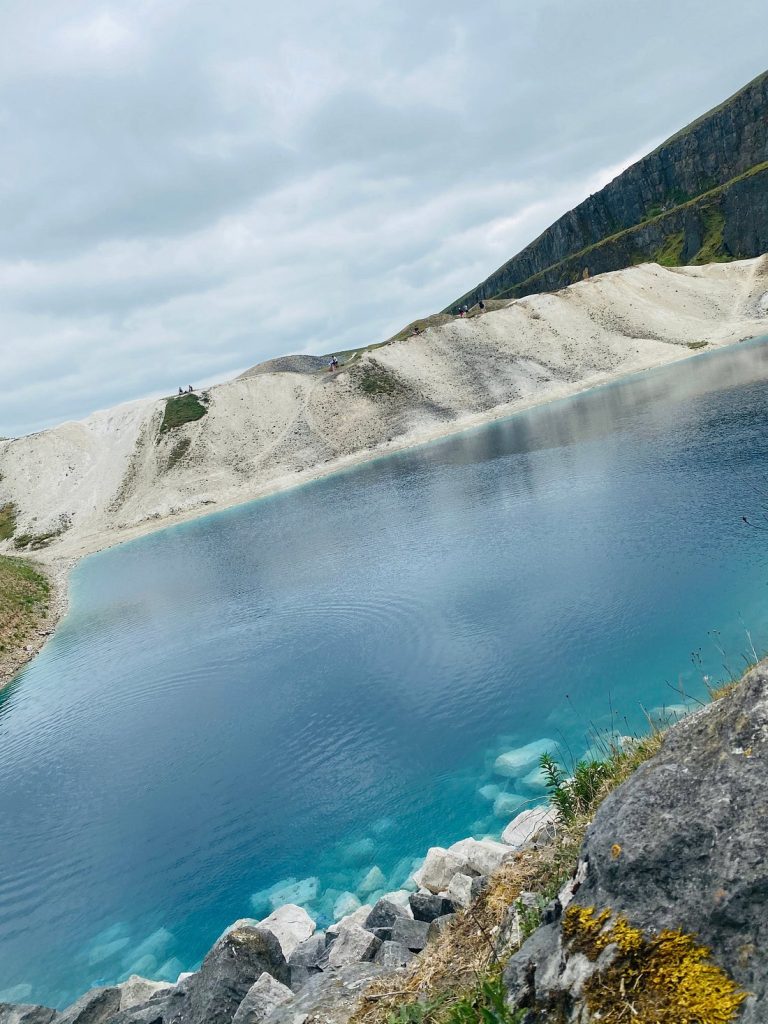
Though it won’t melt your skin off if you take a dip, these high pH levels can cause stomach problems, skin and eye irritations, fungal infections, rashes, and other similar things. There are also plenty of debris, disused cars, and animal carcasses floating around in there. The water also remains cold, no matter how hot the weather is. So it’s better to admire this beauty from afar or even just from pictures.
The Boiling Lake
When we see steam rising from a lake or a pool, we immediately think, “Cool, a hot spring!” Unfortunately, that’s not the case for Dominica’s Boiling Lake. A swim here would basically be self-induced torture. Just recall any moment you’ve ever scalded yourself with boiling water and imagine that enveloping your entire body. That’s what a swim here would feel like.
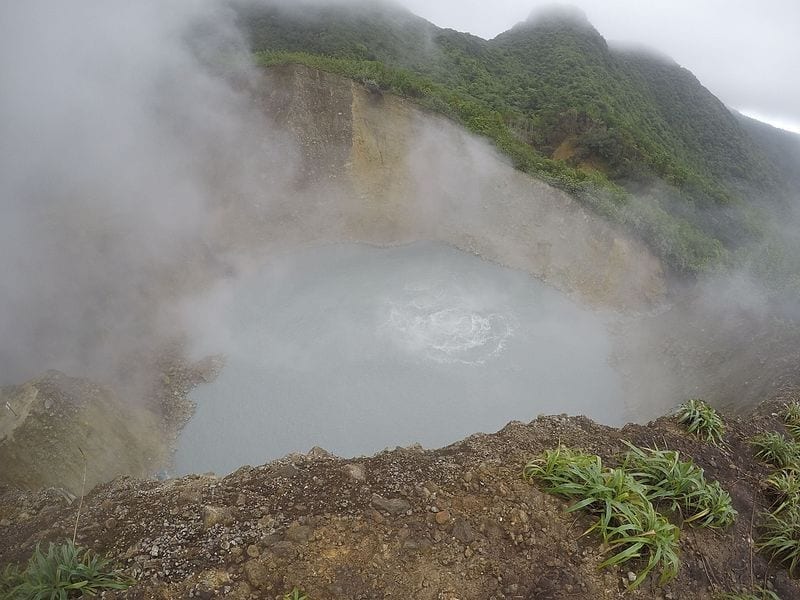
The reason this lake is just so dangerous is that its beautiful cloudy blue surface is hiding a lake of magma underneath. This causes the lake’s water to reach boiling point, but no one’s sure what the exact temperatures really are. In an Angry Planet episode, the shore’s temperature was recorded between 185 and 197 Farenheight. No one could measure the central area because it’s impossible to get there safely.
Lake Karachay
Russia’s Lake Karachay is probably one of the most scenic lakes in the world. Sadly, it’s one of the most toxic. Why? The Russian government had used it as a dumping site for toxic waste from Mayak, a nuclear waste storage and processing facility, from 1951 to 1968, when there weren’t such regulations for such things yet.
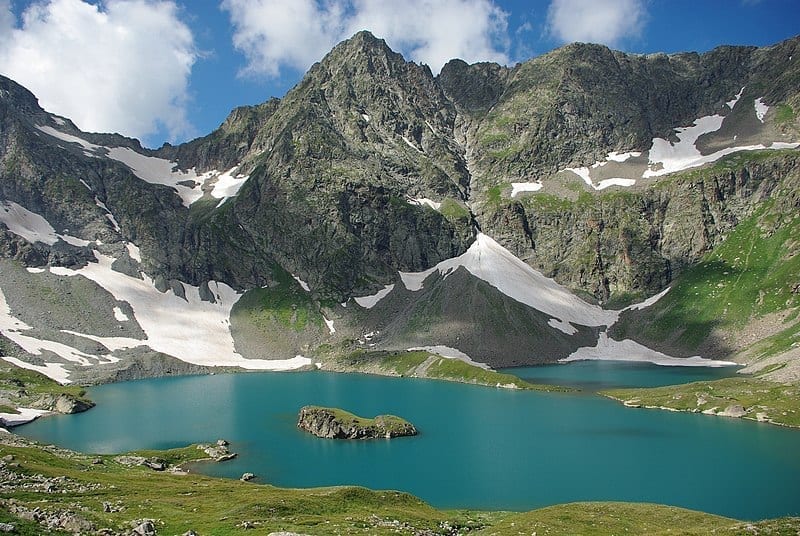
The result has become deadly. In 1990, researchers found out that the lake has radiation levels lethal enough to kill someone. An hour swim is enough to end your life. Fortunately, the government has started filling it in with concrete to avoid any such deaths. Sadly, this means saying goodbye to a beautiful piece of nature humanity has destroyed beyond saving.
The Amazon Basin
Sharks may be on top of underwater creatures people fear but trust us; there’s more to fear than just sharks. Take barracudas and piranhas. These things are just as vicious, and you can find them all in South America’s Amazon Basin.
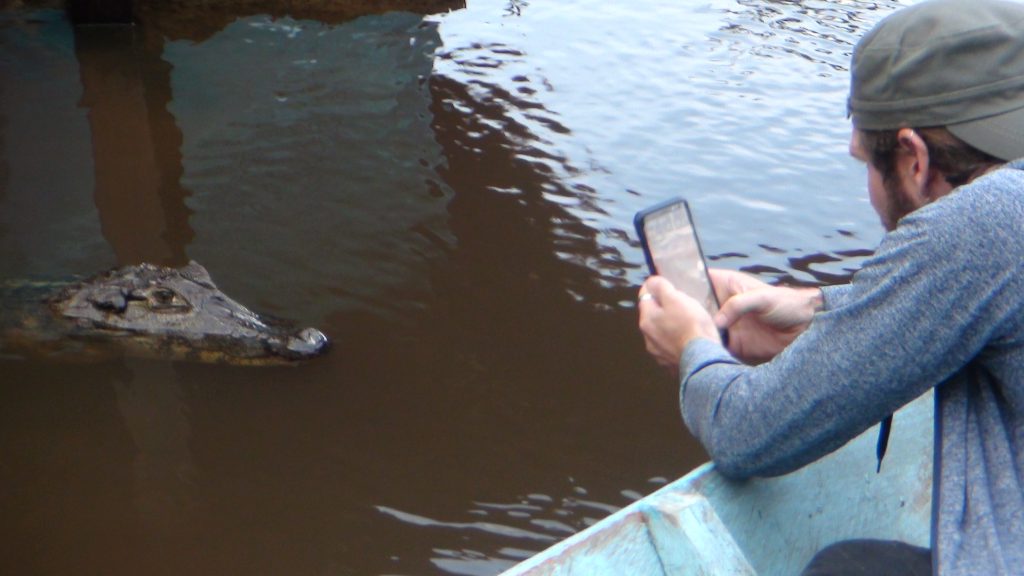
These waters are filled with so many predators that even a quick dip might end in a horrible death. If the piranhas and barracudas for some reason weren’t enough to discourage you, then remember that the Amazon Basin is also home to one of the most terrifying fish in the world, the candiru. The rumor is that this fish can swim up your urinal tract and eat your genitals. And while that hasn’t been confirmed, these fishes are small enough to, well, invade someone.
Rio Tinto
While the rest of the world has blue or pink bodies of water, Spain has a red river, the Rio Tinto. Sadly, no amazing natural occurrence is responsible for its bright red tint. Again, humans are to blame for it via runoff from a nearby mine.

The pollution has filled the once clear river with iron, other metals, and chemicals that have turned it highly acidic. No one has tried it (we think, at least), but this might be the perfect place to dissolve a body in. If you don’t want to suffer that fate, better just avoid this red river altogether.
Lake Kivu
Rwanda has one of the world’s three exploding lakes, Lake Kivu. Although it looks as calm as day, it is far from that. On occasion, it erupts/ explodes, and you never know when. This is because the lake lies on top of unstable ground, often shaken up by a nearby volcano.
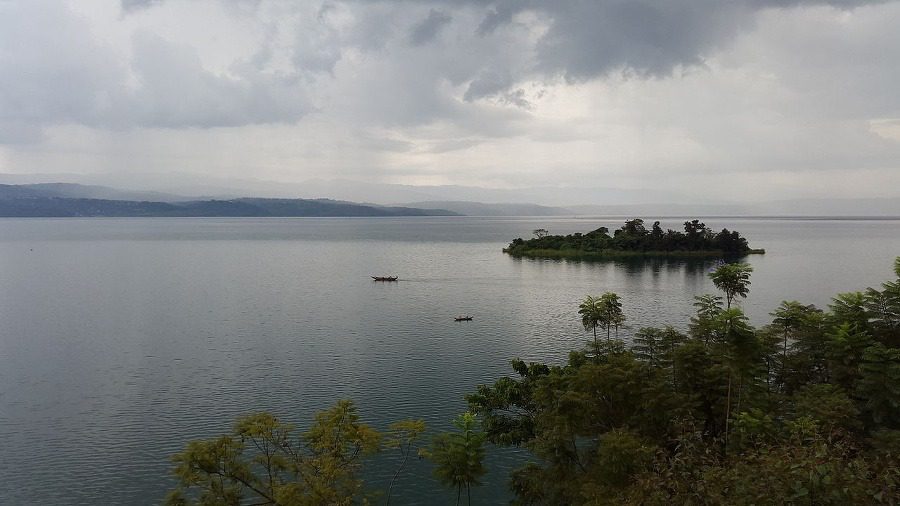
When this lake “erupts,” a large pocket of toxic gas explodes from the water releasing an abundant spray of carbon dioxide. This is called a limnic eruption, and it is quite deadly. More than once, its sister lakes have killed humans and livestock in the thousands.
The Gulf of Thailand
Other than sharks, there are many other things you should be afraid of in the ocean. One of these is the box jellyfish. Not only can a sting from one of these little creatures reduce a grown adult to tears, but it can also well, kill you.
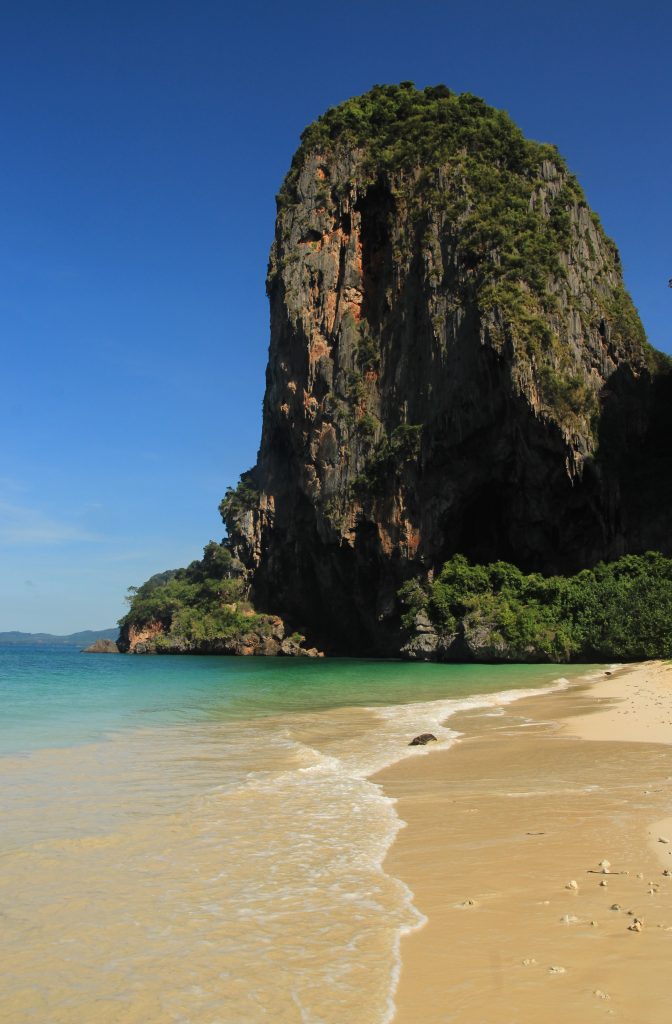
Most victims can survive a sting, but it’s the shock that really kills. It becomes more troublesome when you get stung in the water because it can cause severe paralysis, and when you can’t swim, you’ll drown. In the Gulf of Thailand, you’ll be able to find hordes of these little things, so either stay away or pray for the best of luck.
Darwin
Australia is a terrifying place for many because of its many formidable inhabitants. It’s no wonder some of its beaches hold less than pleasant reputations as well. One such place is Darwin. Although the city is filled with wonderful swimming spots, there are also ocean shores and watering holes you’d want to steer clear of.
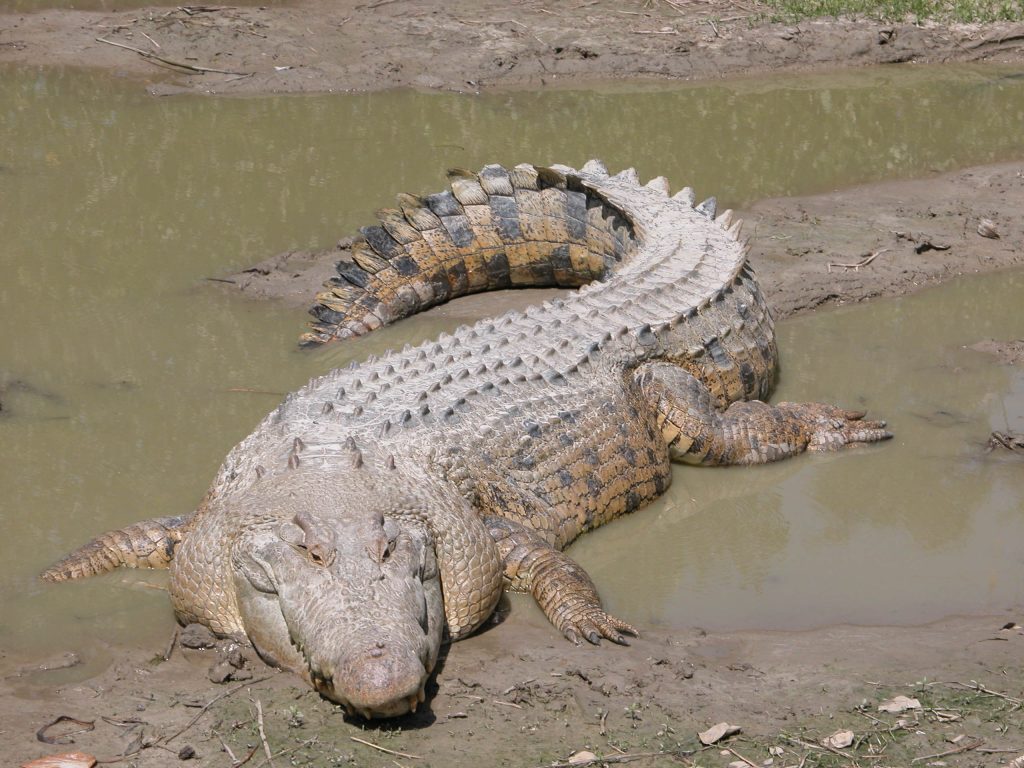
One of the biggest threats in these areas is saltwater crocodiles. These reptiles are insanely strong and very sneaky. You won’t know what’s sneaking up next to you until you’ve become their next meal. Another thing you have to worry about is box jellyfish. So better stay in their patrolled beaches and their guaranteed safe swimming spots.
Drake Passage
At 500 miles wide, the Drake Passage is the shortest crossing from Antarctica to any landmass. And every year, many daredevil swimmers take up the challenge of swimming across that. For the average swimmer, though, this place is a clear no-no.
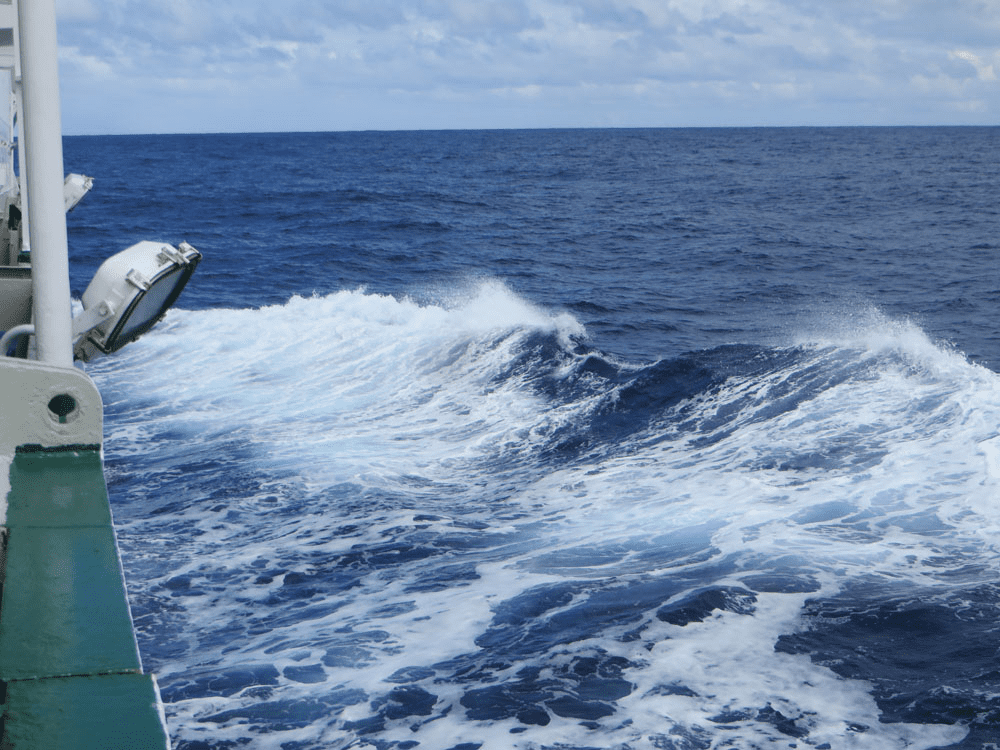
First off, there are the freezing temperatures to worry about. Then there’s mother nature. There might not be any creatures here to chomp off a leg or arm. Still, you’d be battling against dangerously strong water currents, minimal visibility, high wind speeds, and unpredictable icebergs. Even ships have succumbed to these conditions. That’s why it’s known as a ship graveyard.
Mono Lake
Mono Lake today is unrecognizable from the wonder it once was. Before nearby towns like Los Angeles drained it of all its vital resources, this lake was teeming with life. It even displayed peculiar geological features that caught the interest of many visitors or passersby to the Lake Tahoe town.
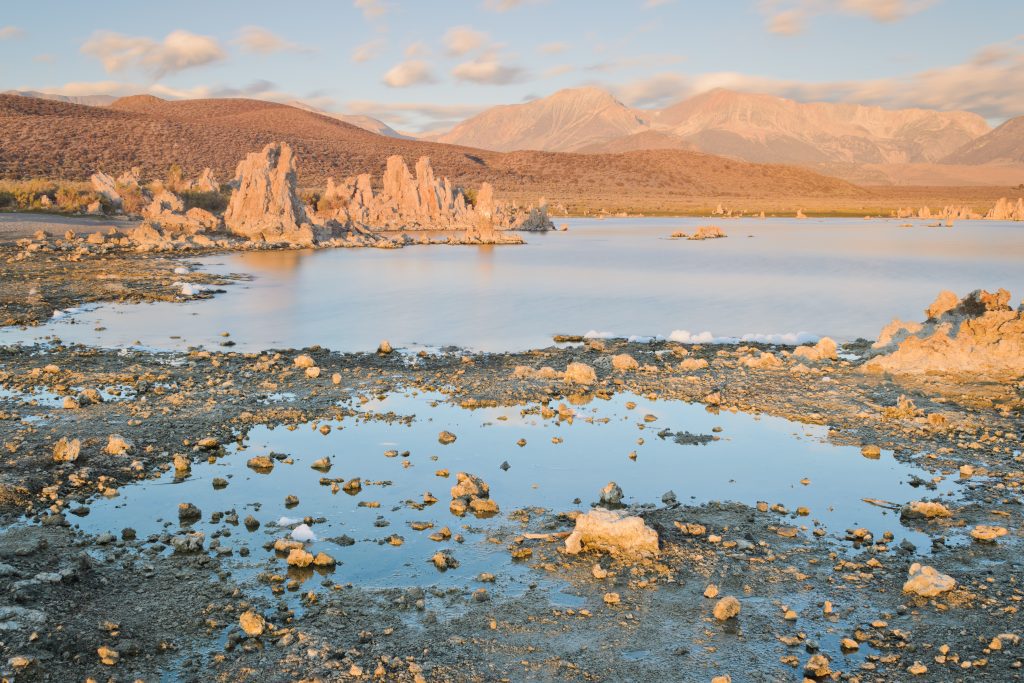
Unfortunately, now that it has been drained of all its vital resources, the lake has become toxic and unstable. Its extremely high concentration of carbonates and other elements make it unsafe for swimming and inhospitable for most life. For this one, we can only admire its beauty from pictures from the past.
Berkeley Pit
The name in itself doesn’t sound like an inviting summer swim spot. It sounds like a place of despair, and it is. Before there was any water in there, it used to be a copper mine. Water only filled up the hole with the years of non-use.
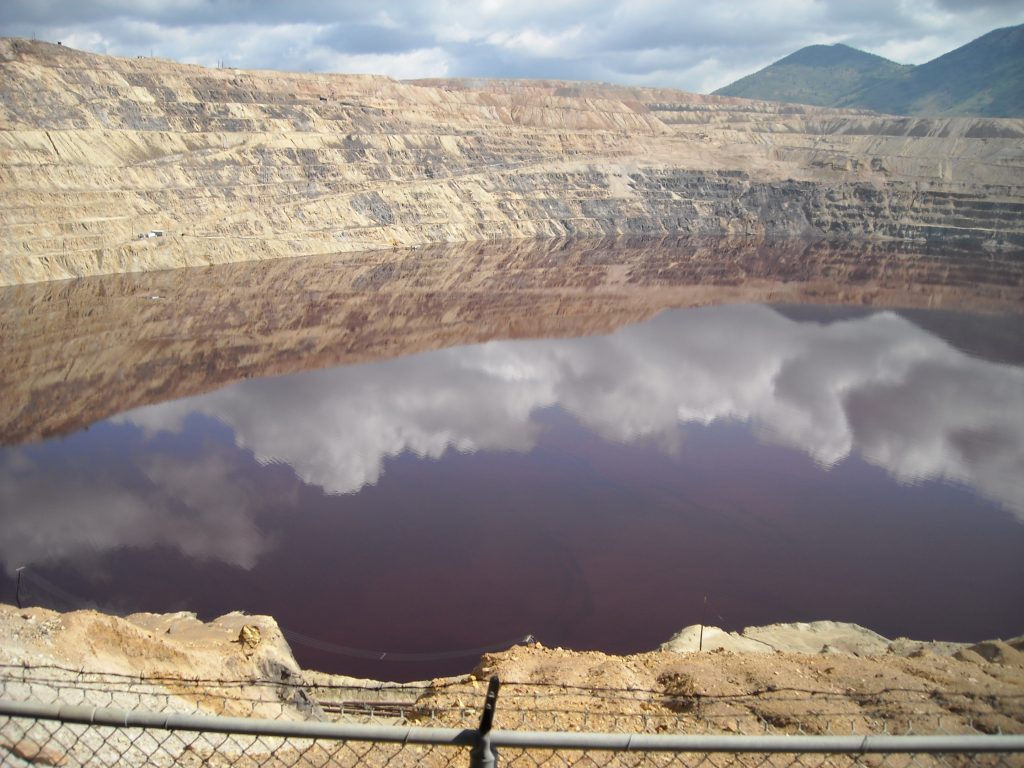
Because of the mine’s chemical composition, though, this small pit is extremely toxic. Given how nasty those waters are, no one recommends even touching a drop of it. Though we don’t know just how bad it’ll get if you swim in it, know this. In 2016, between 3000 to 4000 geese died from drinking those waters.
Lake Natron
The scarlet tint of Lake Natron makes it eye-catching enough. Couple that with the millions of flamingos who call it their home, and it’s a breathtaking sight to behold. As tame as that image might be, Lake Natron is far from tame and safe for a swim.
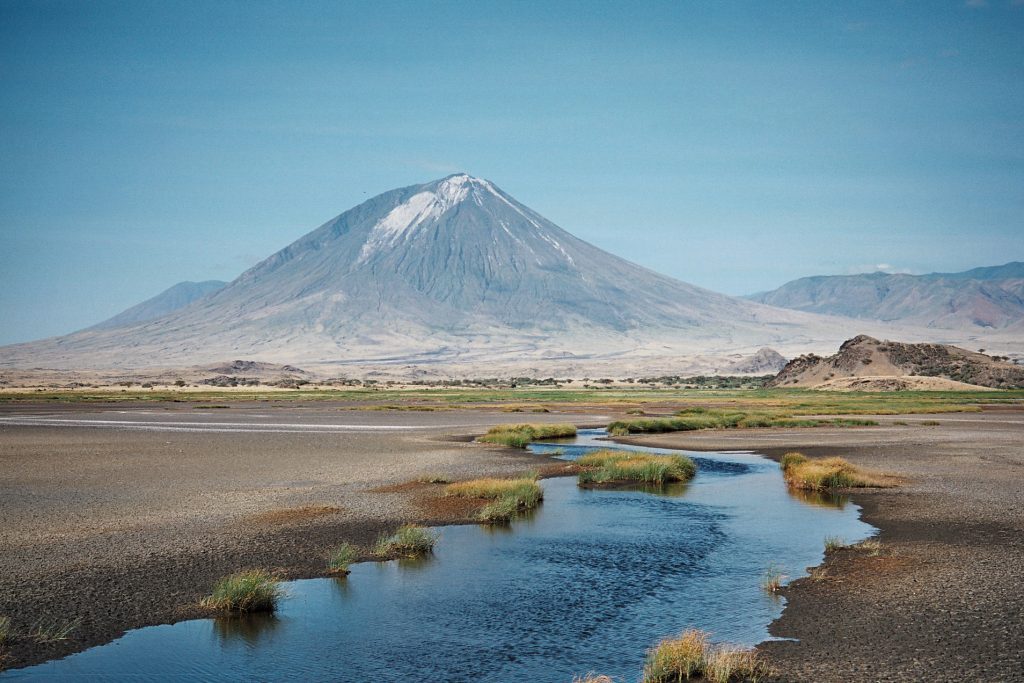
Due to the surrounding volcanic geology, the lake’s waters are extremely alkaline, with pH levels going as high as 10.5. This can burn the eyes and skin of any creature that hasn’t adapted to its unique composition. More disturbingly, when animals die and fall into the water, they turn to stone. So don’t be alarmed if you go for a visit and spot some animal-like rocks. Remember, though; those aren’t statues. Those are corpses turned to stone.
Lake Nyos
Lake Nyos is the sister exploding lakes of Lake Kivu and Lake Monoun, and it is the most deadly out of the three based on its history. It’s located on the crater of an inactive volcano in Cameroon. Though it looks peaceful and even inviting on particularly sunny days, swimming would be the last thing you should do here.
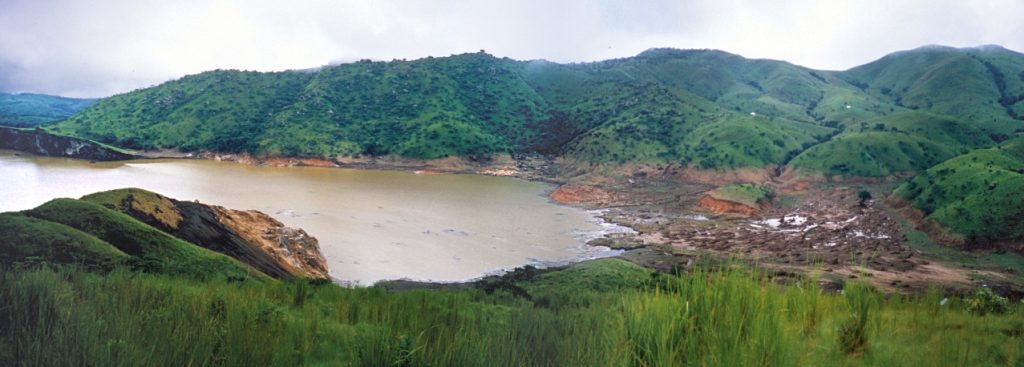
In 1986, a limnic eruption from the lake released 100 000 to 300 000 tons of carbon dioxide into the air, which suffocated people and livestock within a 25-kilometer radius of the event. This disaster killed 1 746 people and 3 500 livestock.
Victoria Falls
Why someone would swim in such a risky spot is beyond our comprehension, but, well, some people like the thrill. When it comes to Victoria Falls, however, even some daredevils might have second thoughts. Although this place has one of the most spectacular views, a swim here could lead to a nasty death down a precipice.
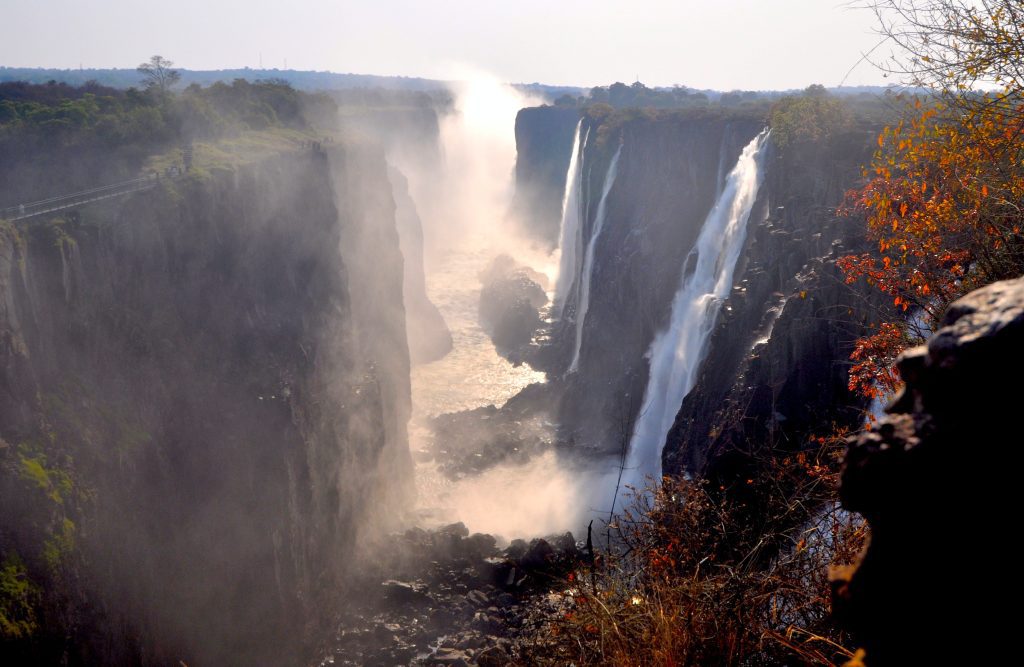
The falls have these things people call “The Devil’s Pools” at the edge. If you’re wondering where they got their name, just remember that these pools are at the very edge of the falls. You can swim in them, yes, but you’re just a few feet away from falling to a very gruesome death.
The Strid
Between England’s Bolton Abbey and Barden Tower, you’ll find one of the country’s most dangerous booby traps, a six-foot-wide stream known as The Strid. Although small, this mountain brook is one you should never risk falling in. It’s reportedly believed that anyone who has ever fallen in here was never seen alive again.
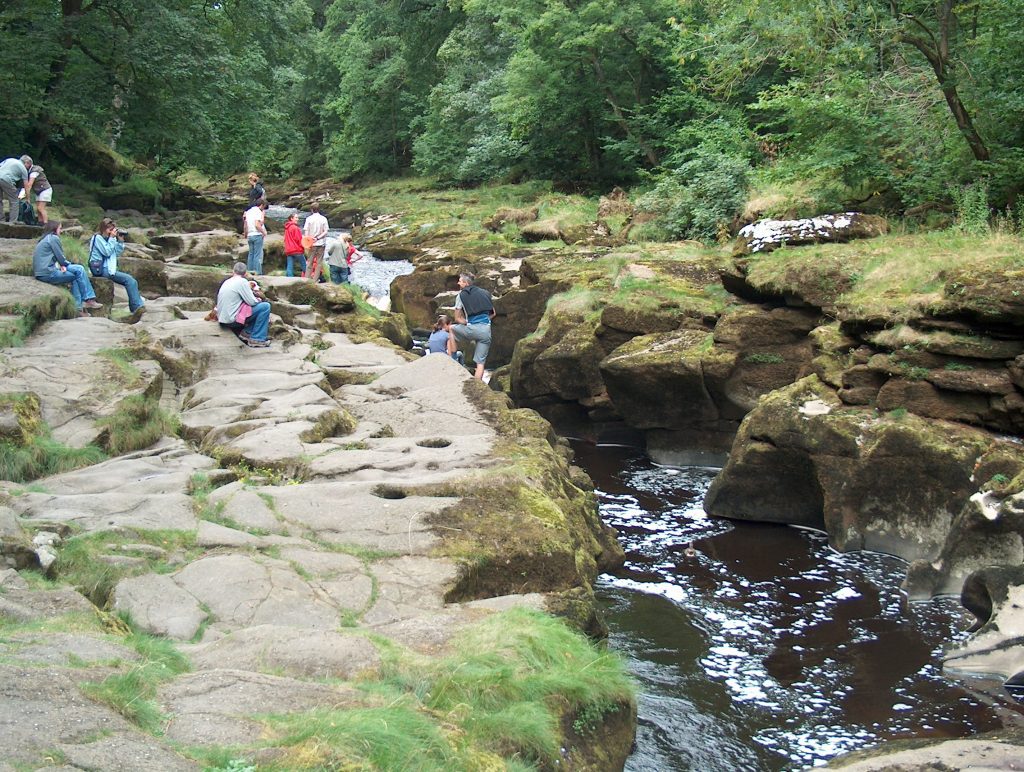
What makes this 6-foot-wide stream of water so dangerous isn’t its composition or the presence of any frightening creature but rather the powerful undercurrents lurking just below the surface. These incredibly strong currents can suck anyone down and trap them beneath rocks. And once you’re in, these currents won’t be letting you back up.
Samaesan Hole
Thailand is home to some of the best beaches in the world, paradises that we could call heaven on earth, and places we’d want to live in forever. When looking for adventure, though, it’s best to stick to Thailand’s touristy places and designated swimming areas rather than wandering into dangerous places like the Samaesan Hole.

The place is absolutely gorgeous, but it’s best visited only for some sightseeing and maybe some toe-dipping for the average person at most. The hole is frighteningly dark and offers near-zero visibility in some areas. Even the most experienced diver can get easily lost, and even the best swimmers are advised against swimming in it.
The Nile River
The Prince of Egypt has given us the illusion of people bathing in the sun, having fun, and leaving babies along the Nile River. But, trust us, it’s one of the last places you’d want to go to have a refreshing swim. Why? We have a one-word answer for that — crocodiles.

Crocodiles aren’t the most dangerous creatures you can encounter during a swim, but they’re more likely to kill you than sharks are. Every year, there are reportedly around 100 crocodile attacks in the north African Nile. Everything that moves in the river is just fair game to them. If you want to keep all your limbs intact as well as your life, it’s best to admire the Nile from afar.
Lake Victoria
Lake Victoria is one of Africa’s largest lakes, and not the entire lake is known to be dangerous to swim in. In fact, some spots are actually great places to have some relaxing and safe fun in the water. The keyword here is some, though.

Parts of the lake has its own isolated weather systems. There, the weather can change from sunny to stormy in seconds, which can be very dangerous if you get caught up in them. So far, there have been around 5000 deaths in this lake every year. And that’s a little too high for comfort, isn’t it?
Jacob’s Well
When books, songs, or movies describe water bodies having crystal clear waters, it’s often hard to think of anything that is actually like that in real life, but Jacob’s Well fits the bill quite well. This lake’s waters are so crystal clear that you could actually see straight to the bottom.
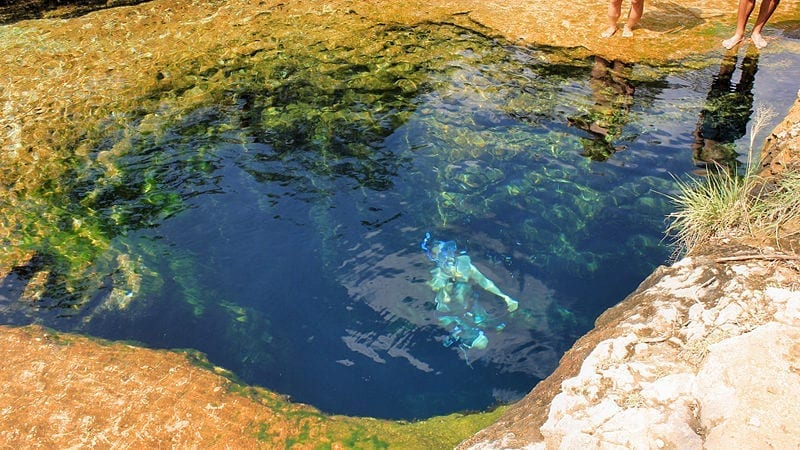
The system of tunnels and caves beneath the man-hole is also pretty cool until you get lost in one of them and never see the light of day again, though. While it’s an amazing place to explore, many people who have tried to navigate these tunnels and caves have gotten themselves lost and never come out.
Gansbaai
Gansbaai is a very innocent name for a place, but you probably won’t think it’s as innocent once you get to know its nickname “Shark Alley.” As you may have already guessed, this part of the ocean has many sharks, including tiger sharks and even the notorious great whites.
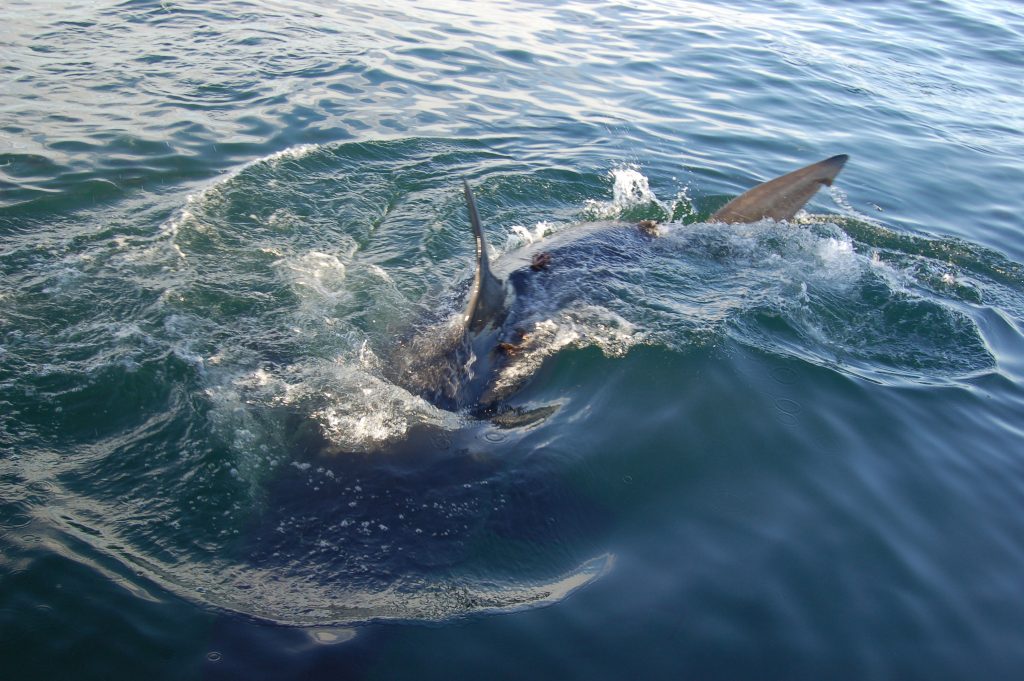
Unless you’re a shark whisperer, you probably won’t feel the safest swimming in these waters. Still, Gansbaai is the home to wonderful underwater attractions that people can’t get enough of, making the area a very popular diving spot. No one can dive here without special protection, though, and by that, we mean special cages made with metal rods to protect people from shark teeth and the like.
Hanakapiai Beach
When we think of beach paradise, Hawaii is always at the top of the list. With its sandy beaches, gorgeous coral reefs, and cool blue waters, everyone wants even just one vacation there. Aside from those, though, some of its beaches are home to powerful rip tides like the Hanakapiai Beach.

The beach looks like any pristine beach straight out of the movies. Under the surface, though, the waves can be so fierce that they can throw you against the rocks. And beneath those are powerful and deadly currents that can drag you out to sea. So far, these currents have claimed close to a hundred lives, so better pick another beach if you vacation here.
Eagle’s Nest Sink Hole
Standing next to the Eagle’s Nest Sink Hole, you might think it’s just a pond. Looking at it from a further viewpoint, though, and you might get a sense of how terrifying it actually is. It looks like a bottomless black hole of inky water.
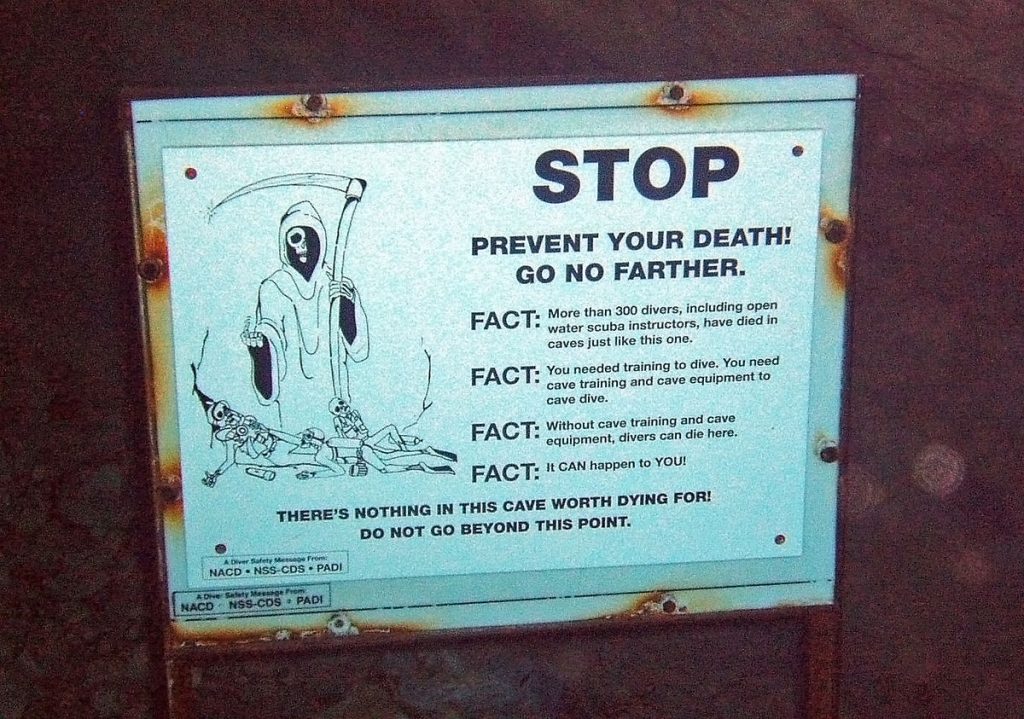
The bottom of this is three hundred and ten feet below the surface. And down there, you could actually find whole “rooms” bigger than football fields. As amazing as that is, it’s incredibly dangerous to explore. At least 10 people have died trying. Now, an ominous sign can be found at the place where divers should stop and turn back.
Horseshoe Lake
Before you even get close to the lake, you’d immediately notice that something is terribly wrong with the area, courtesy of the acres of dead trees surrounding it. Between 1989 and 1990, a series of earthquakes wrecked the area and allowed dangerous levels of carbon dioxide to escape from the ground.
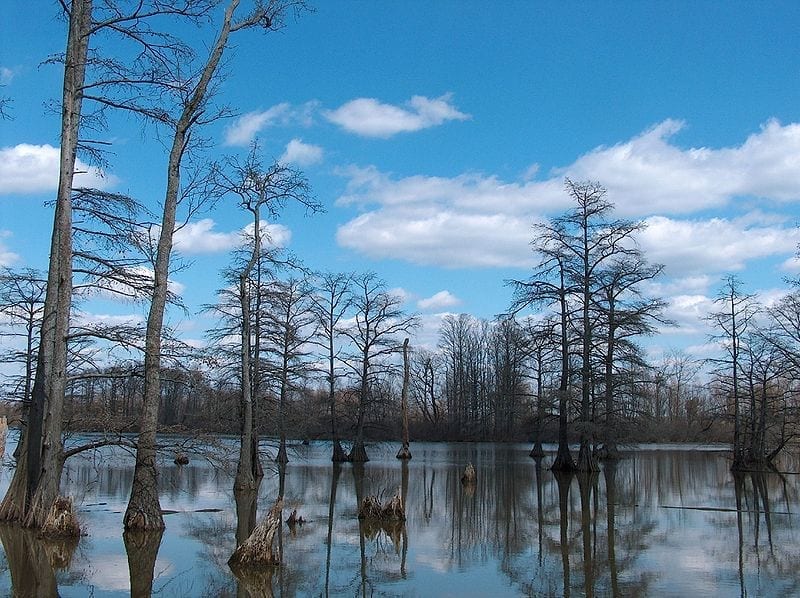
By the amount of dead fauna, you can already imagine how dangerous the place is. The scarier part is that the levels of CO2 fluctuate all over the area. And while it is relatively safe most of the time, there have been fatalities due to the gas. So better avoid the ominous tree graveyard and look for greener pastures for your picnic or little summer swim.
Hoover Dam
Swimming at the Hoover Dam shouldn’t even be an idea in anyone’s minds. First off, it’s illegal. If you manage to survive it, you’ll find yourself immediately jailed. Second, it’s an unnatural body of water created and used to make electricity, which doesn’t exactly sound appealing or safe for a swim.

Part of what makes swimming here illegal is how dangerous it is. The dam has many intakes that churn waters from the top to the bottom. What’s more dangerous are the bell-mouth spillways, which can suck in unsuspecting swimmers. Strangely though, there are still some people crazy enough to try to swim across the dam.
The Gulf Coast
If you think sharks are scary, try snakes in the water. You can expect sharks in the ocean and take precautions against them or just don’t swim at all. On the other hand, snakes just don’t belong in the water, but they’re there, especially in the Gulf Coast of the Southern United States.
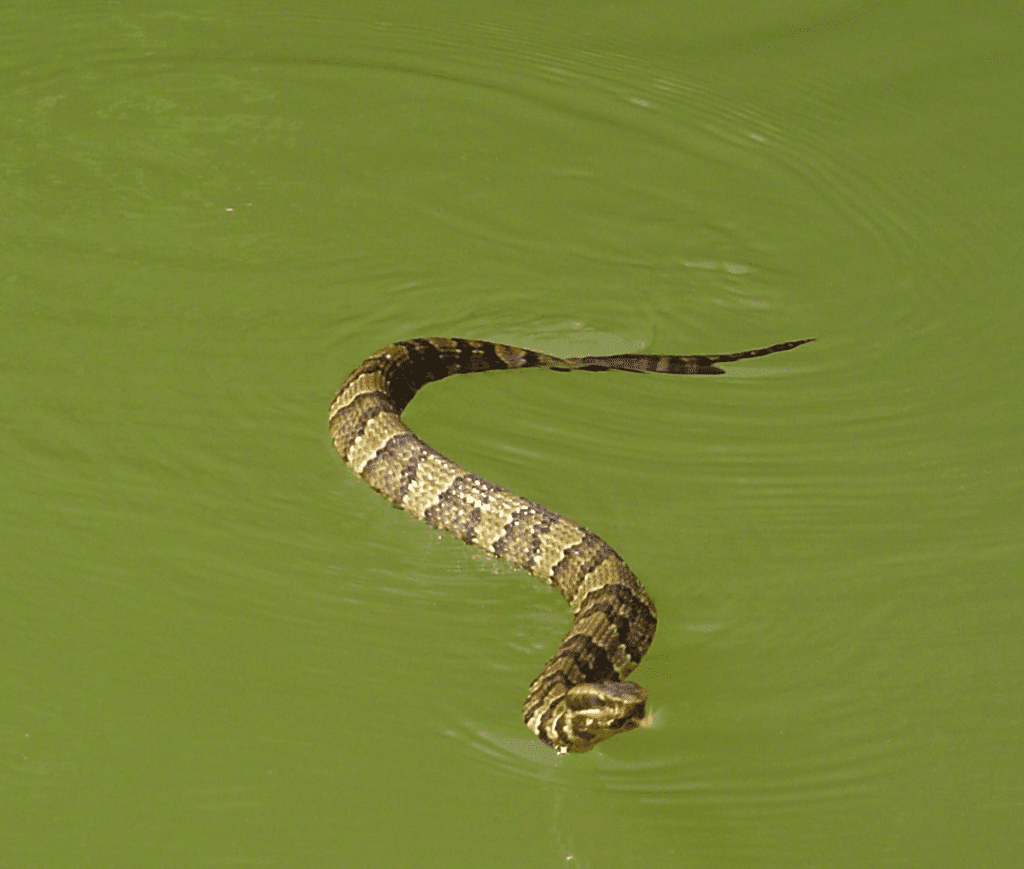
We can’t even comfort you by saying they might be harmless snakes because some of the water’s most frequent visitors are rattlesnakes. One other thing is that the waters are filled with runoff from farms up North. It has made the shores uninhabitable for many creatures. So just don’t, please.
Queensland, Australia
We love Australia. It’s a beautiful country, truly. It’s just also a scary place. And given Australia’s reputation with animals, you probably would have guessed that the number one reason that makes this place a deadly place to swim in is because of all the terrifying and often deadly creatures that live here.
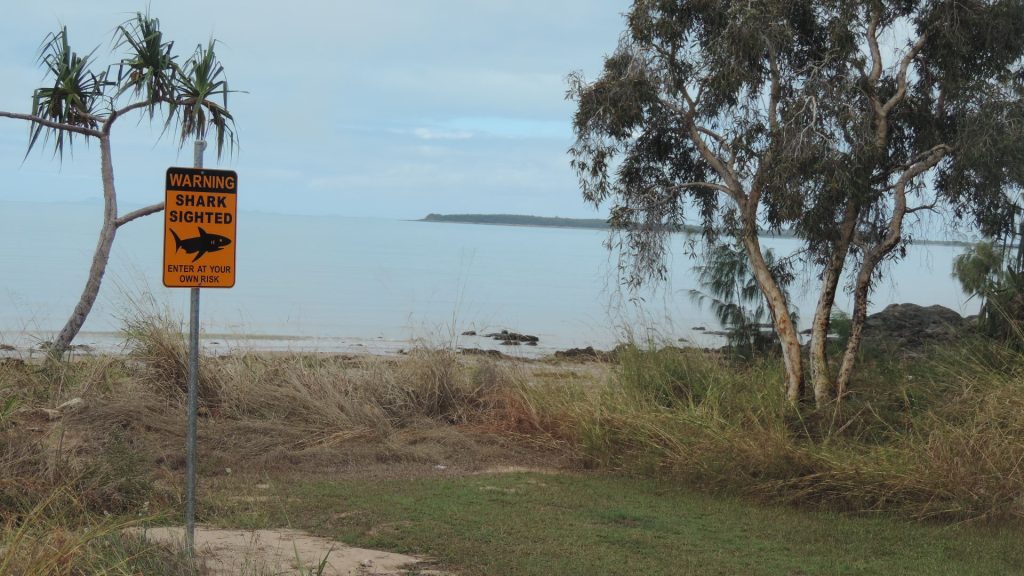
From stonefish and sharks to saltwater crocodiles and blue-ringed octopus, Queensland has them all. One of its most deadly inhabitants, though, is the box jellyfish. One sting from its poison laden tentacles can cause cardiac arrest, paralysis, and yes, even death. Not worth any adventurous risk if you ask us.
New Smyrna Beach
Florida is known as the home of beautiful, white, sandy beaches perfect for summer getaways like the New Smyrna Beach. In particular, this beach is a little bit more popular than other spots for a darker reason. It’s known as one of the world’s shark attack capitals, and earlier in 2020, it once again reclaimed the top spot as the true shark attack capital.
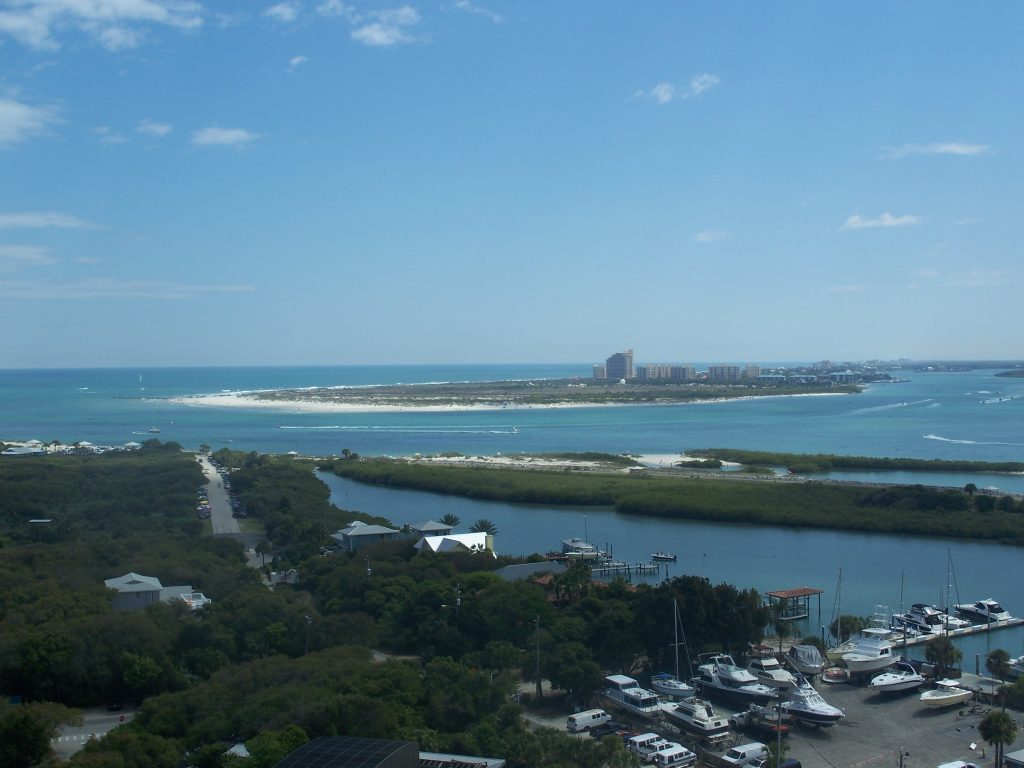
Although the numbers had a significant decline from the last five-year average, it doesn’t bring any comfort at all. You’d be way safer inland, but, of course, you’d have to say goodbye to some warm and sandy beaches. Maybe try swimming pools for a bit?
Myrtle Beach
Myrtle Beach is much like any of your regular white sandy beaches. If you’re not the most adept swimmer and if you don’t understand how currents work, you should exercise extreme care before deciding to take a dip in these waters.
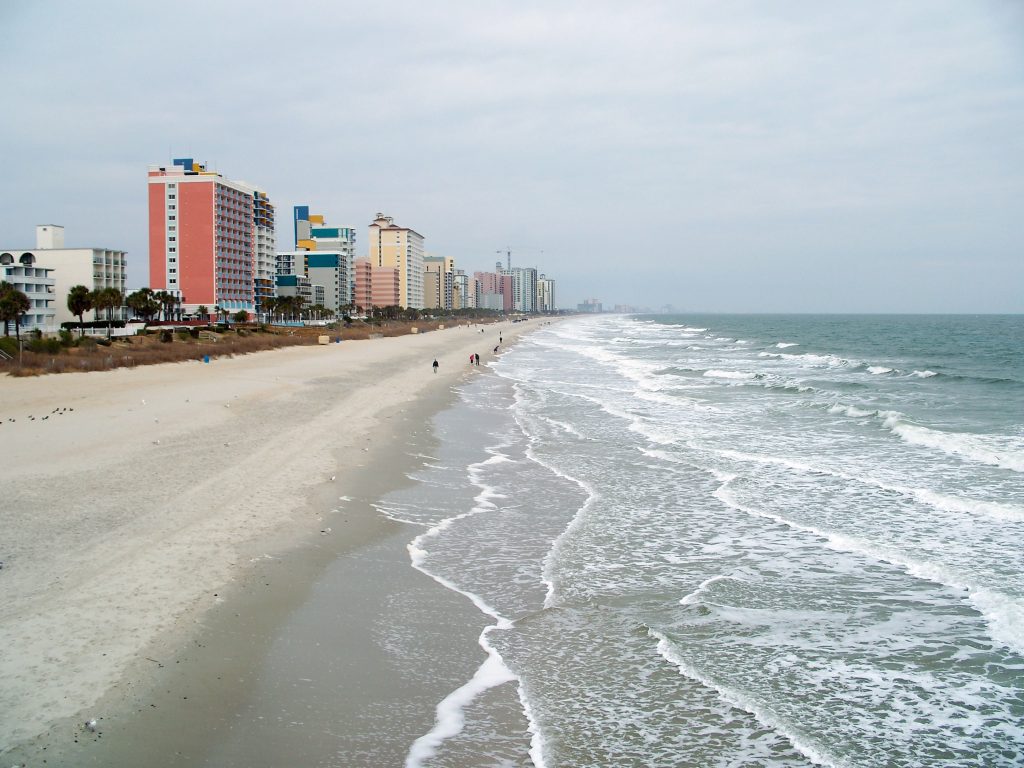
Although it’s mostly safe, there are unfortunate days when Myrtle Beach’s strong rip tides can cause trouble for even the strongest swimmer. In addition to that, the beach is also home to warm-water cannonball jellyfish. And though they’re not as deadly as their box jellyfish cousins, they are just as dangerous. Their stings can cause cardiac arrest, and when you combine that with the rip tides, there’s just no getting out of those waters.
Laguna Caliente
Laguna Caliente means hot lagoon, and by hot, we don’t mean hot spring hot, no. We mean burn-your-skin-off hot. Located at the summit crater of Poas Volcano in Costa Rica, the waters of this lake can literally burn your skin off. A swim here is one excruciating death sentence.
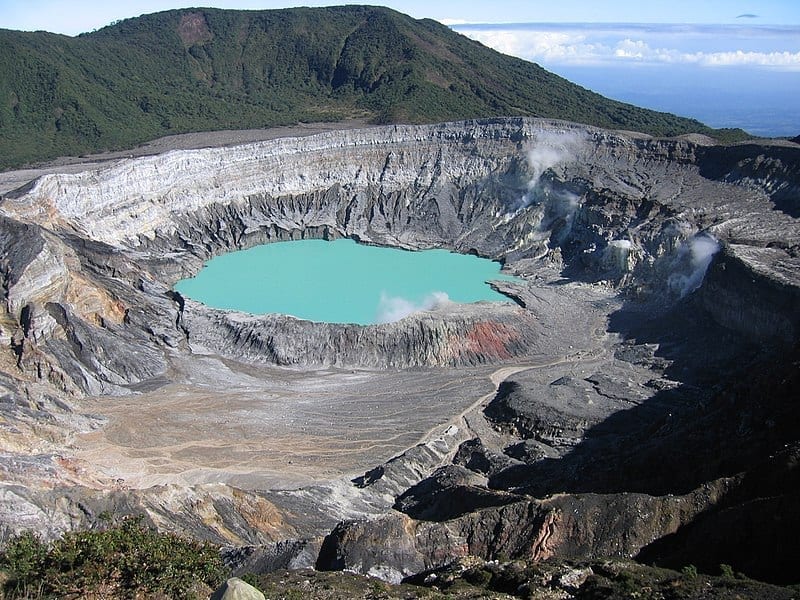
You can’t even get near the surrounding area without a special permit. You’d also need special heat resistant equipment and clothing to withstand the temperatures around the lake. You can also expect eruptions that release toxic gasses from the crater. One eruption even lasted for two years!
Nyiragongo
We’ll say it now. No one in their right minds would go for a swim in Nyiragongo. They’d much rather risk swimming with jellyfish or diving down into deep dark caves rather than swim in the largest lava pit in the world.

Other than the actual lava, Nyiragongo releases a deadly amount of carbon dioxide. Inhale enough of this, and you’ll suffocate to death. You can’t even get close to the actual lake. Unless you’re the devil himself, this would be the last place on Earth you’d find remotely refreshing. Maybe the devil’s bathtub is a more apt name for this place.
Bubble Creek
If you don’t want to suffer the worst case of E Coli, you’d want to stay away from Chicago’s Bubbly Creek. Its name may make it sound like a fun place but trust us; it’s far from fun. This part of the Chicago River has been filled with disgusting runoff consisting of fecal matter, discarded meat, and any other utterly disgusting thing you can think of.
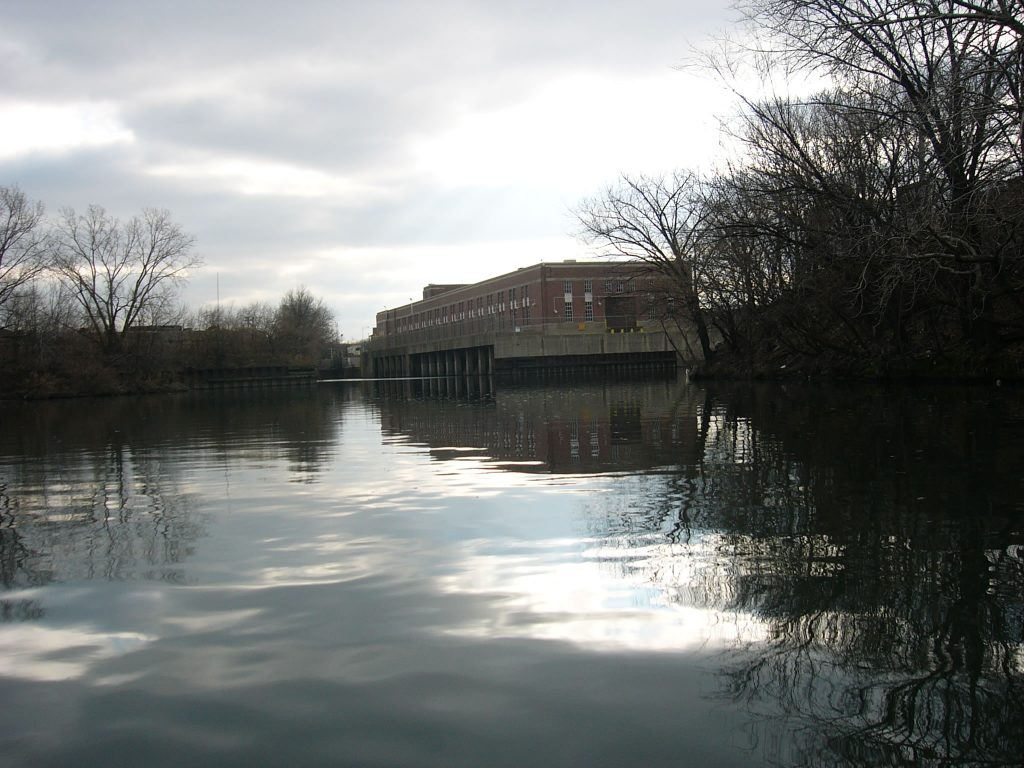
One study even found out that the fecal matter at the bottom of the lake is at least three feet thick. As if that’s not loathsome enough on its own, those things in there decayed over time and gave birth to nasty bubbles hence the name. These have caused the waters to become so toxic that nothing can live there.
Kipu Falls
One look at pictures, and you’d immediately understand why people love going to Hawaii’s Kipu Falls. What further adds to the interest in the place is the dark mysteries surrounding the deaths there. Several people have already drowned in those gorgeous pools, and nobody really knows why. They’re just swimming happily one second, then the next they’re panicking and going under.
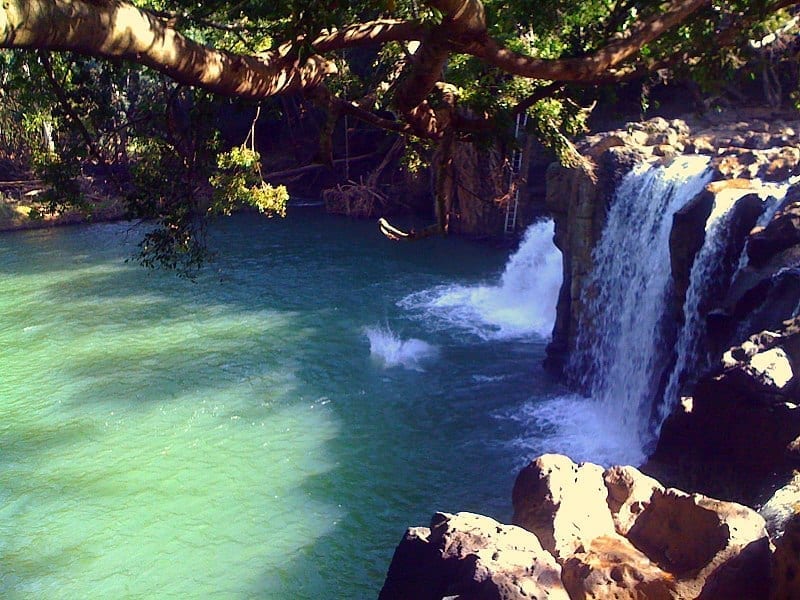
Many people turn to folklore, blaming the deaths on ancient gods or even whirlpools. One of the more likely explanations though, is the high volume of people. With so many tourists in one place, there’s a lack of space, which doesn’t exactly create the safest swimming environment. If you do want to go here, be a smart tourist.
The Ganges River
India’s Ganges River has paid the most in exchange for the country’s industrialization. The extent of its pollution is just terrifying that it’s hard even to call it a river. It’s more like a sludge of human and industrial waste. Add the 40 000 cremated bodies that they dump there every year, and you have yourself a nauseating sludge of human waste, human remains, and toxic chemicals.
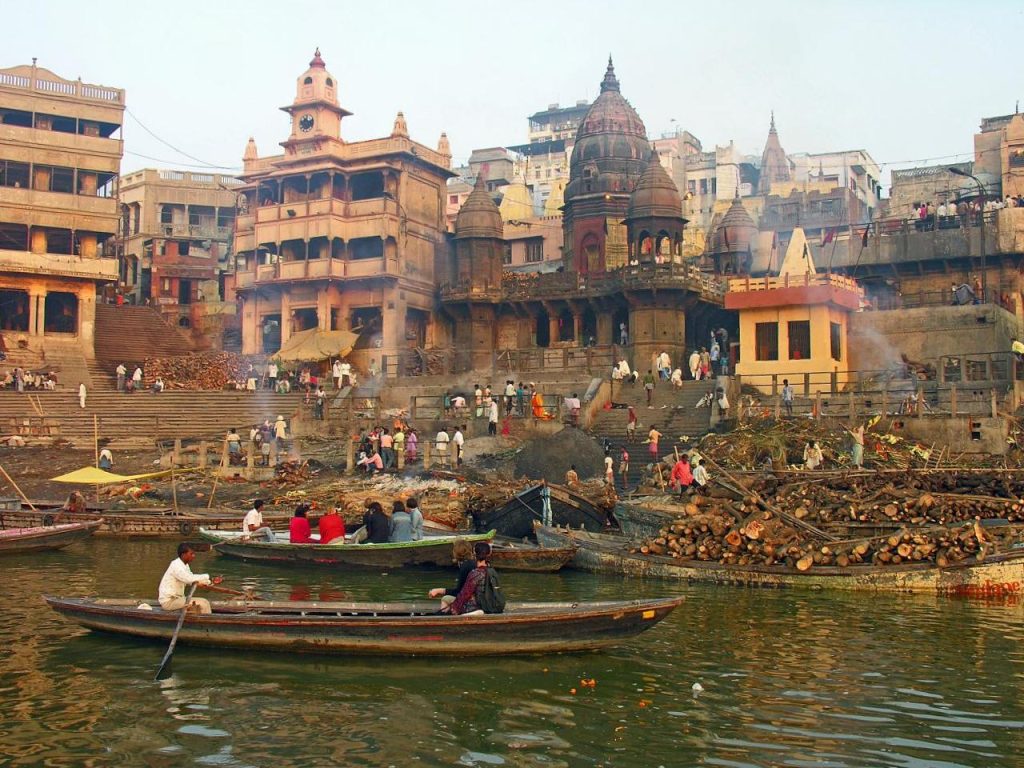
Researchers found that the river has 3000 times the safe limit of fecal coliform and 70 times the safe number of toxic chemicals. Now, over six hundred kilometers of the Ganges River is considered ecological dead zones where nothing can live. The worst part is that locals consider the river a sacred place, and despite numerous researches and warnings, they believe that bathing in its waters will cleanse them of their sins.
Citarum River
Indonesia is a country abundant with beautiful shorefronts. In addition to that, though, some parts of the country are also abundant in pollution, more specifically the famed Citarum River. It’s the source of Indonesia’s largest reservoir, but it is also disturbingly the most polluted river in the world.
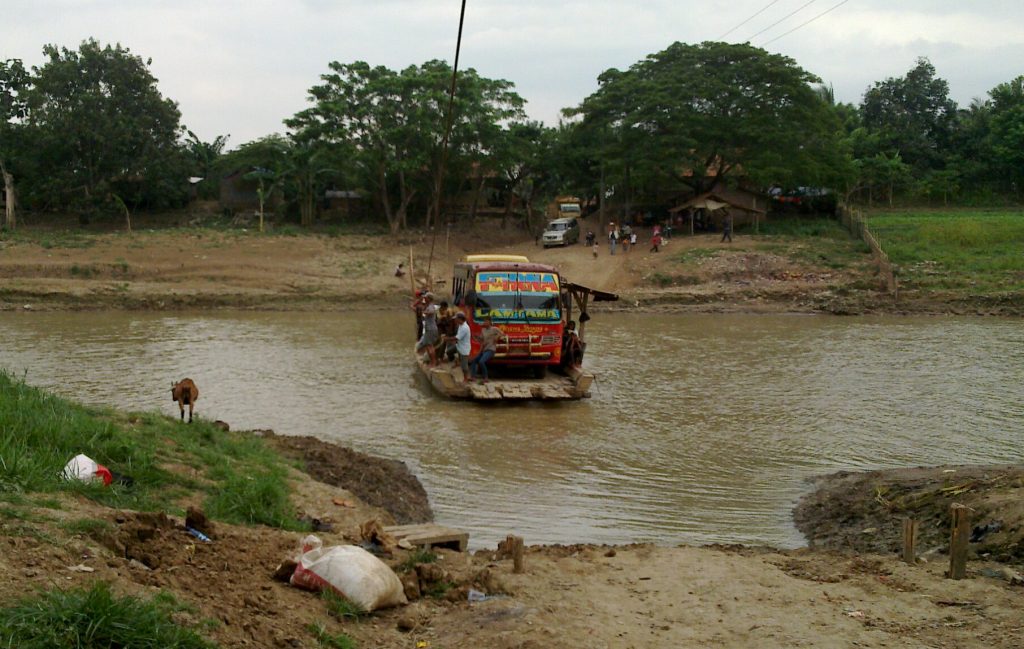
Everything from common household waste to toxic factory waste is dumped into the river. In some areas, the river is just too polluted with waste that you can’t even see the surface of the water. All these have led the river to become filled with mercury, lead, arsenic, and other dangerous toxins. The government has started making efforts to clean the river but for now, let’s just say swimming there would be the last thing you’d want to do in beautiful Indonesia.
Reunion Island
Reunion Island is a small island off the coast of Madagascar, loved for its prime surfing spots. Unfortunately, it’s going head to head with South Africa as the shark attack capital of the world. Every year, surfers lose body parts or their lives to those huge and frightening fish. Swimming here would get you bit, and bit quicker than you can imagine.
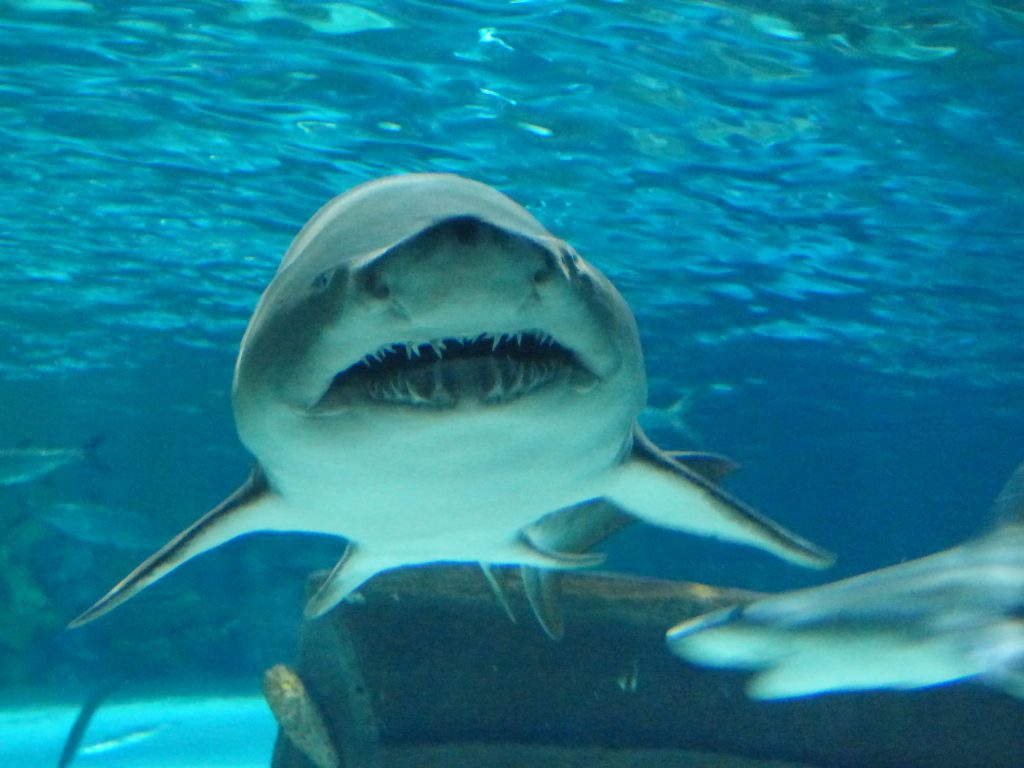
Reports claim that there have been as many as 50 shark attacks on the small island. Given the number of people the visit there every year, that’s still a low number, but it’s disturbing enough to make you reconsider dipping your toes into those waters. No one knows why so many sharks frequent these waters either.
Bolinas Beach
If the Bermuda triangle is where ships and planes go to disappear, the Red Triangle is where people have the highest chance of being mauled by great whites. It’s called as such because this is the area where these great beasts hang out to get their grub.
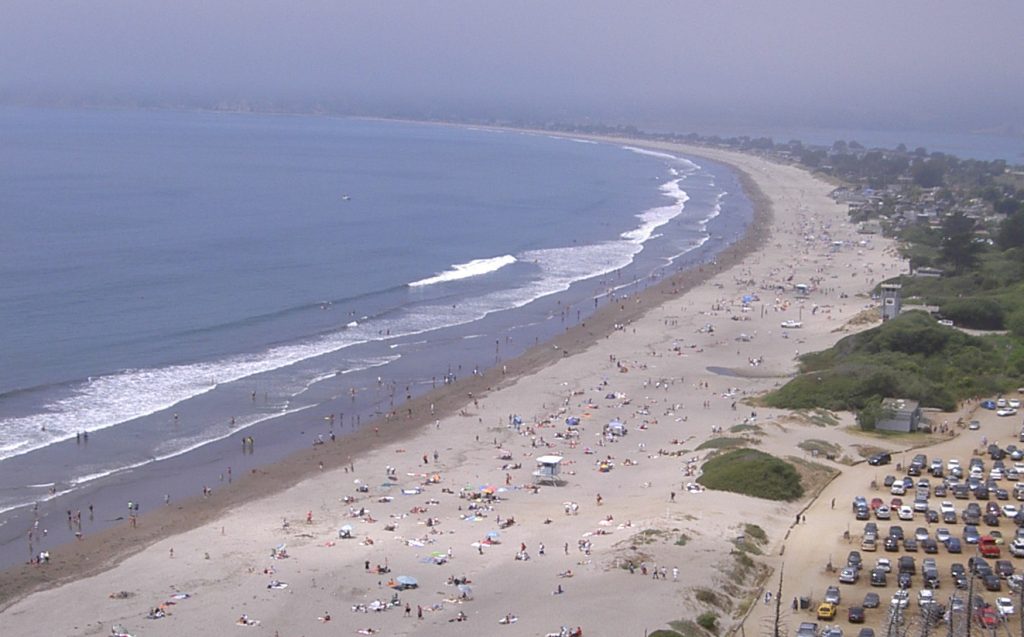
It’s unfortunate, but you can’t blame the sharks for this phenomenon. The Bolinas beach is just filled with fat seals and other prey animals. And sharks don’t often discriminate; that’s why they sometimes mistake divers for food. While shark attacks don’t happen as often here as they do in South Africa or the Reunion Islands, it does happen, and you don’t want to be the person to which it happens.
Potomac River
The Potomac River looks absolutely calm and harmless, but as it is with most bodies of water, the danger lies beneath. While the surface can look inviting for a summer swim, you’ll find powerful rapids down below that can suck you under.
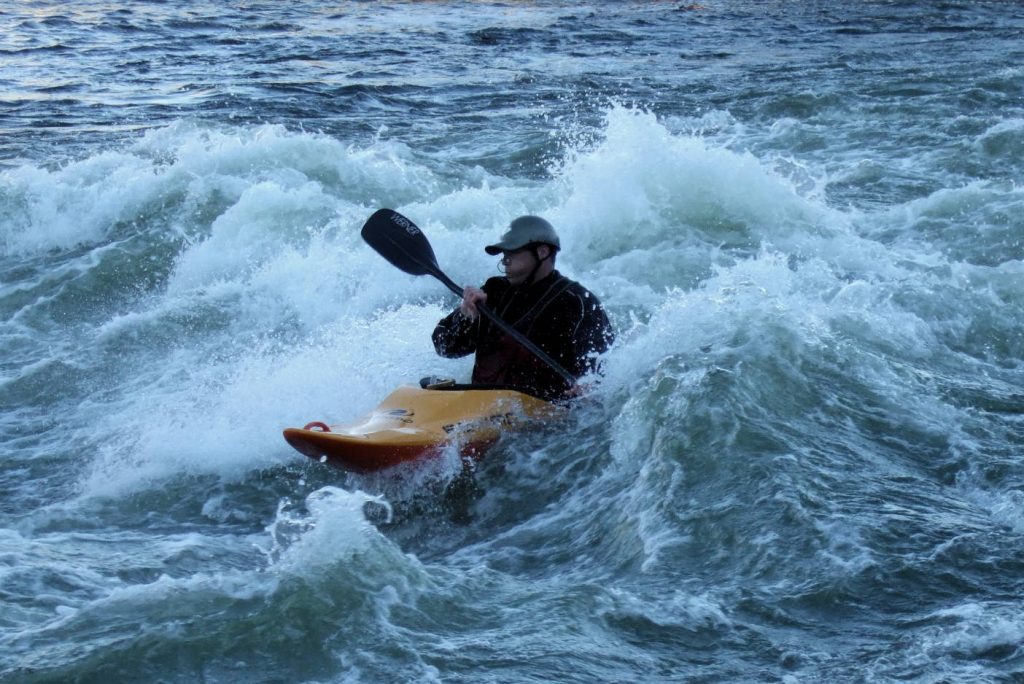
Within a few seconds, you’ll find yourself at the very bottom. And given the strength of these currents, you might find it impossible to get back up to the surface. Nearly every year, people drown here. Because of this, the government has made it illegal to swim in the river, specifically in the area between the Great Falls and the southern Maryland/ DC line.
West End, Grand Bahama Islands
The Bahamas is the tropical paradise everyone wants to be in. There, you can find the perfect sights, the perfect waters, and the perfect weather. But don’t be fooled because not every part of its waters is perfect for the vacation of a lifetime. It still has sea life that is more than discouraging for a swim but, more specifically, sharks.

Tiger Beach, for instance, is home to an abundance of tiger sharks. Among the shark family, these are some of the most vicious. And they love warm waters, so they’ll stick around as long as they want. You’re still mostly safe, though, even if you wander into these waters. The risk of a shark attack is on the low to near zero range. Just try not to look like a shark chow. And please don’t try to touch the sharks.
Lake Chagan
If a lake is nicknamed the “Nuclear Lake,” you’d probably immediately get the hint that it’s plain disastrous to swim in. The lake that holds this title is none other than Kazakhstan’s Lake Chagan. True to its nickname, it was formed by the blast of an underground Russian nuclear bomb during nuclear tests in the cold war.
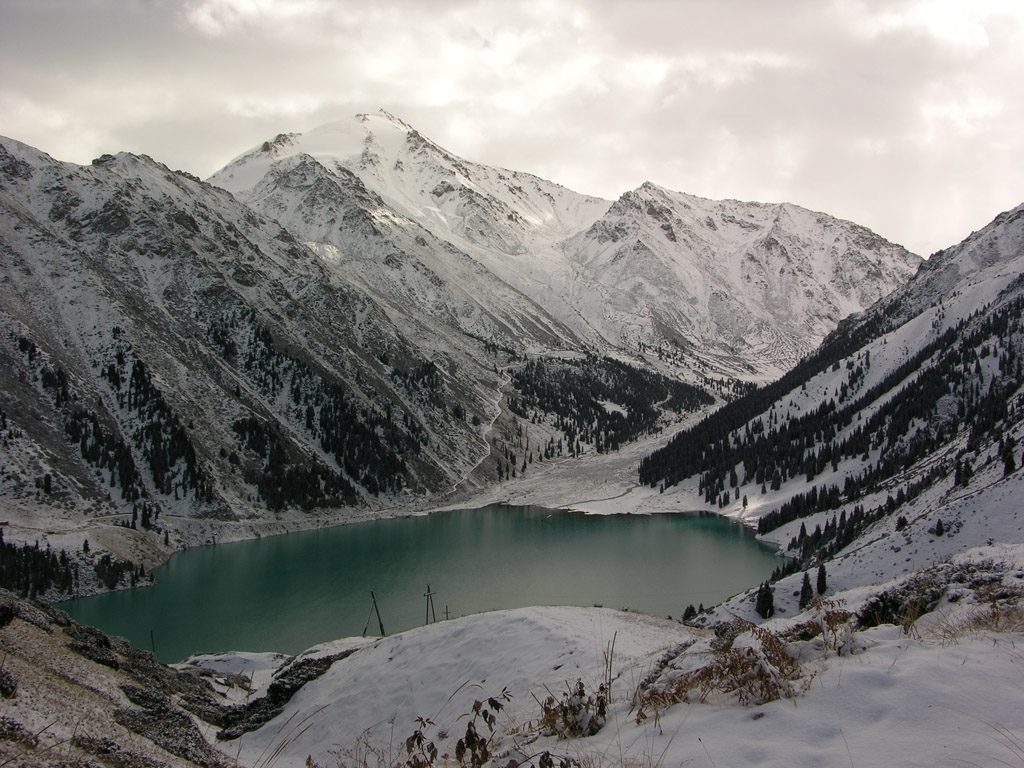
The blast hollowed out a crater 300 feet deep and 1300 feet wide. And the radioactivity from it has made the lake beyond toxic. It won’t be swimmable for another 20 000 years. If anyone does stupidly try, the radioactivity can cause cellular mutations. And no, you won’t become some sort of awesome mutant. You’d simply suffer a slow, painful demise.
Beqa Lagoon
Lagoons are some of the most awesome vacation spots in the world. Surrounded by lush forests and cool blue waters, these places almost seem unreal most of the time. Lagoons have often become topics of horror stories, though, and sometimes, they can be terrifying places not because of ghosts or witches but real-life monsters like sharks.

One such place is Fiji’s Beqa Lagoon. Like Reunion Island, these waters are also abundant with sharks. And no matter how much you prepare yourself for a shark sighting, seeing the real thing is another thing altogether. You’d likely panic and increase the risk of a shark attack. That is more terrifying than any creepy lady with long hair.
Pustoye Lake
With temperatures dropping to minus 67 degrees in some parts of Siberia, it’s easy to understand why some lifeforms may struggle to thrive in the place. Mysteriously though, cold or not, there is one place in the country where life just can’t seem to bloom, the Pustoye Lake.
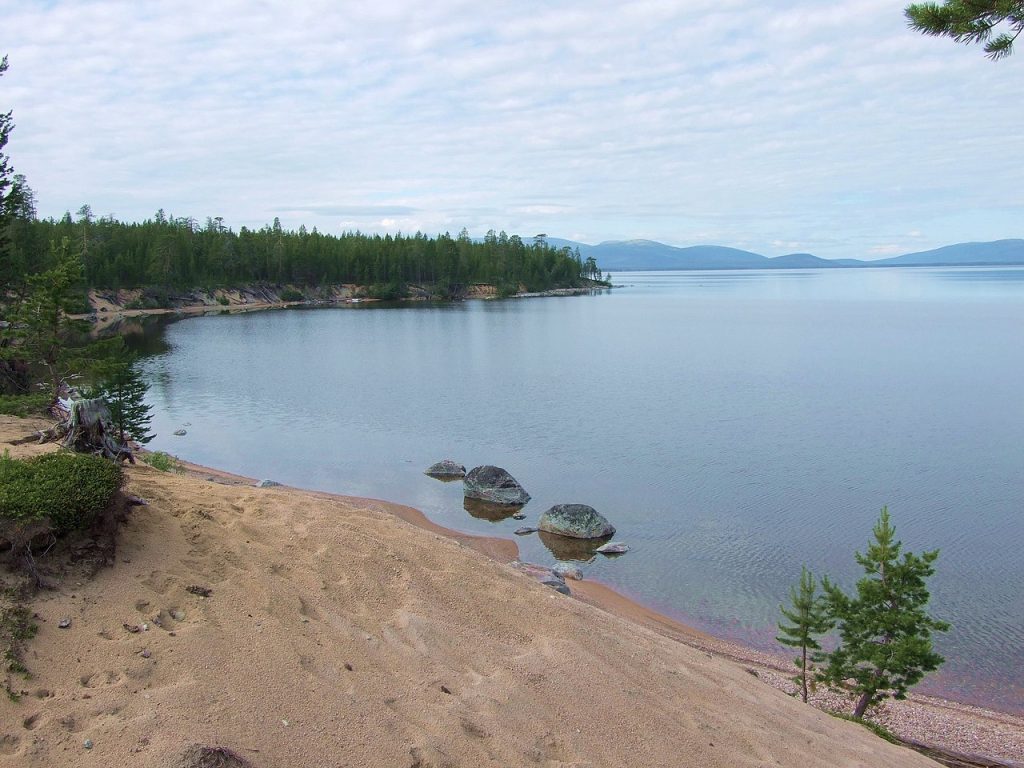
Despite its idyllic appearance, no life form seems to be able to survive for long near and in the lake. Scientists have tried to fill it with fish and plants, but they can’t seem to reproduce here. They simply die off from natural causes. Nobody knows why. Be it a curse or simply the lake’s own composition, it’s best to say this isn’t an ideal swimming spot.
The Mumbai River
India is home to more than a billion people. A huge chunk of this population lives in the city of Mumbai, where the Mumbai River runs through it. Sadly, a huge portion of this population also lives in poverty, and without proper facilities, the people have taken to dumping all their waste in their river.
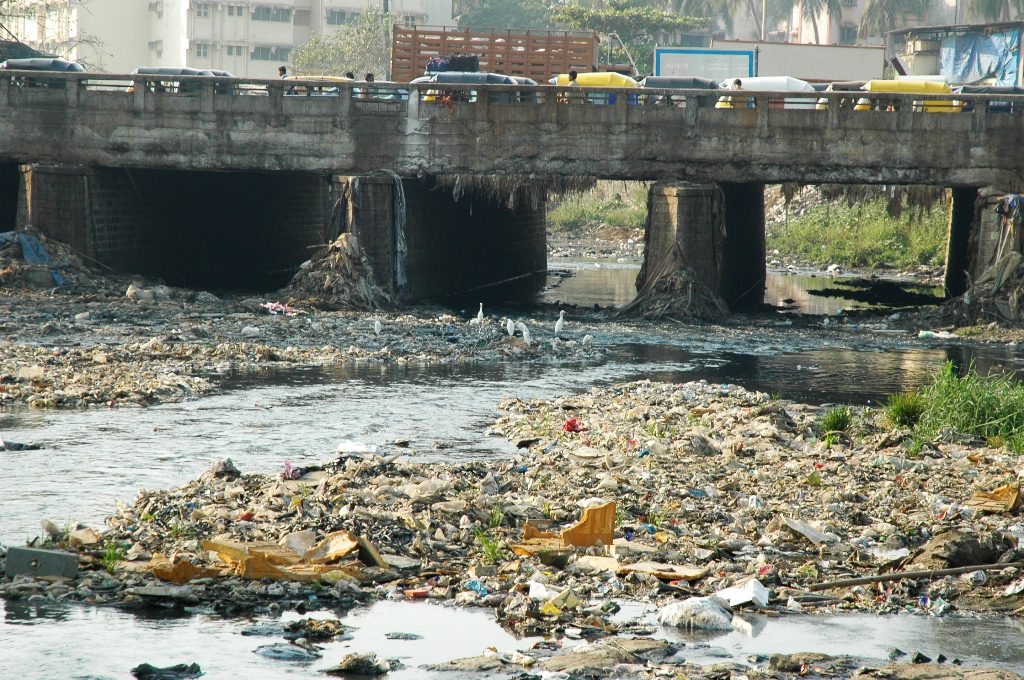
Factories have also taken to dumping industrial waste and other loathsome materials into the water. Because of this, the once pristine waters of the Mumbai River has turned into a churning cesspool of grossness. What’s worse is that some people still use the waters for bathing not because they believe it’s holy water, but it’s simply all they have.
Whirlpool Rapids
Once upon a time, there were still men who believed they could conquer the Whirlpool Rapids, a terrifying part of the Niagara River flowing with class five rapids. These rapids can reach unreal speeds of more than 20 mph. And although a few survived, it was only with sheer luck.
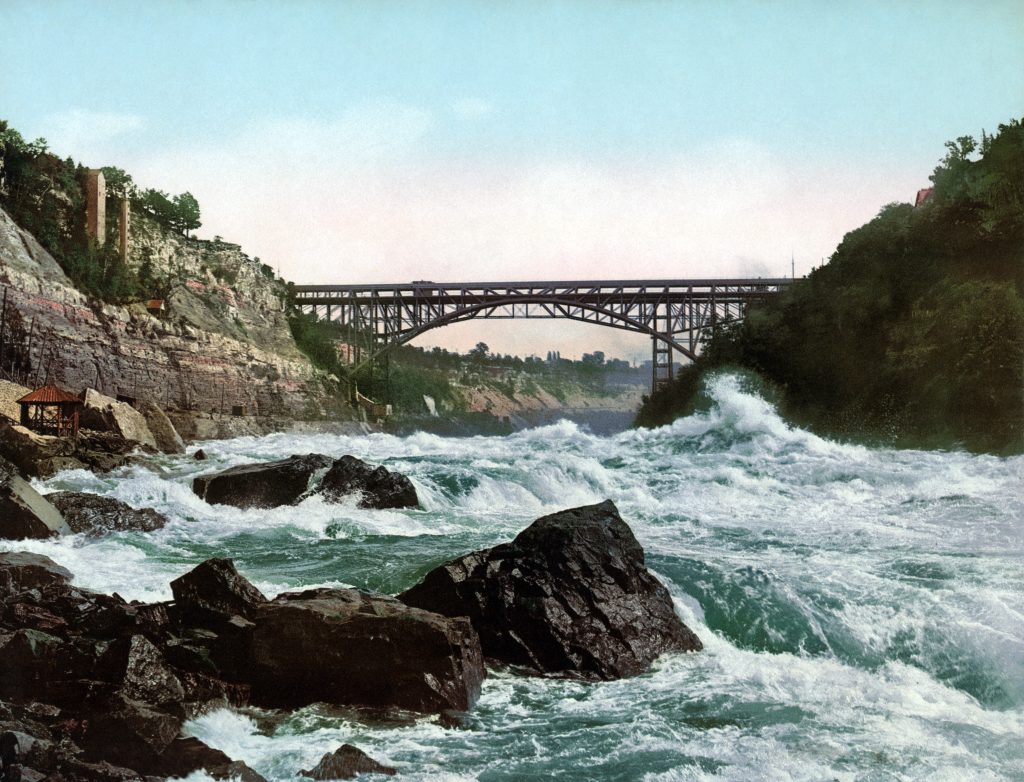
Even if you’re just taking a quick dip, these rapids can pull you down in one splash. Wave after wave will come toppling over your head until you lose the sense of which way is up, and it doesn’t get any better from there. Even paddlers aren’t allowed here. And since the 1970s, they’ve been close to tourists given the high number of deaths there.
Dumas Beach
India’s Dumas Beach has beautiful black sands that can be quite beautiful but most people avoid this beach because rumor has it that it’s haunted. There have been reports of people disappearing on a trip to the beach, visitors claiming to hear strange eerie noises, and howling sounds at night. Locals also believe it was formerly a Hindu burial ground.
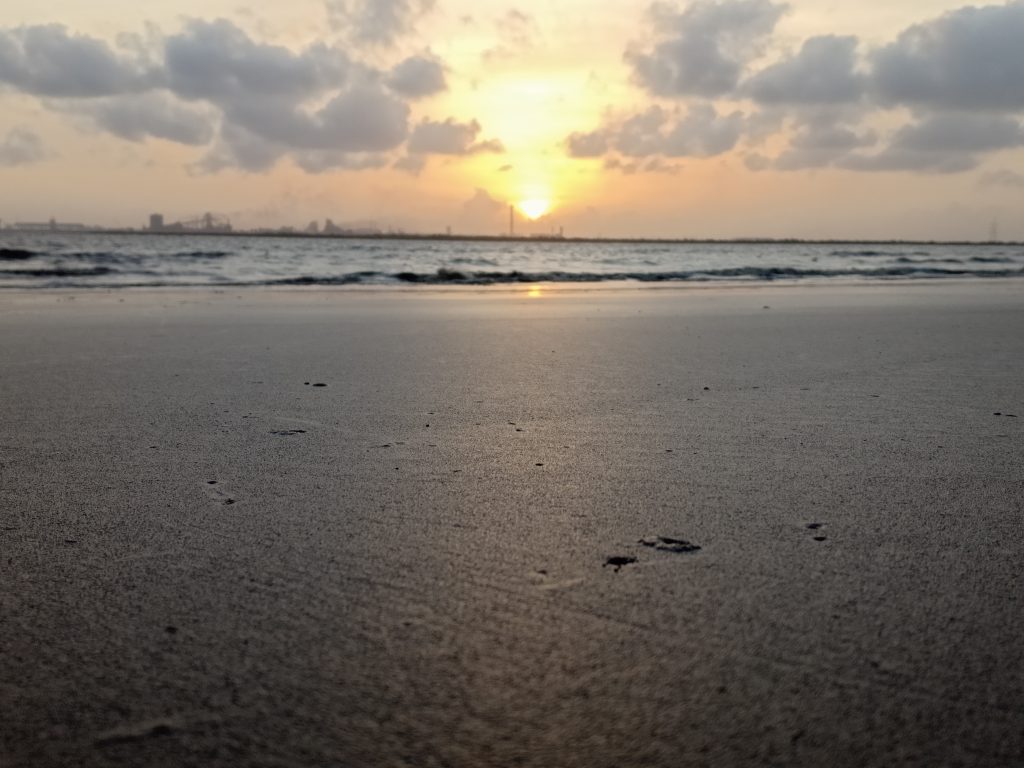
In addition to the rumors, the beach’s dark sand and its isolated location have given it quite the unwelcoming feel. If you don’t believe in such things, then maybe this little fact will keep you from the beach: the place is home to deadly King Cobras. It’s not only creepy, but it’s also dangerous, so better think twice before you wander here.
Uttakleiv Beach
This beach is one of the most breathtaking places in the world. With its jewel-toned pools, rocky coastline, creamy white sand, and lush green grass, it looks straight out of a fantasy film. If you also want to see Norway’s famed midnight sun, this is one of the best places to get a front seat viewing.
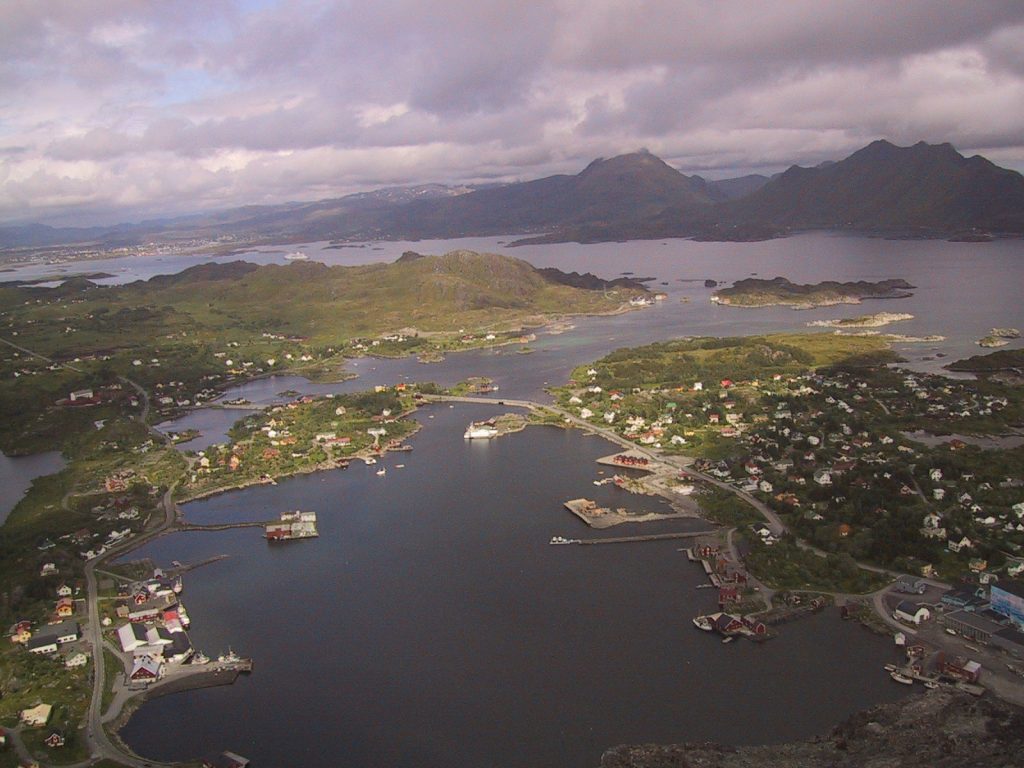
Despite its beauty, though, Uttakleiv Beach is no place for a swim. Normal temperatures can already be chilly, but they can still drop severely without warning. If you’re caught in the water at such times, you will experience hypothermia even if you are used to the cold. If you don’t want to turn into an icicle, better leave the waters alone and dress warmly.
